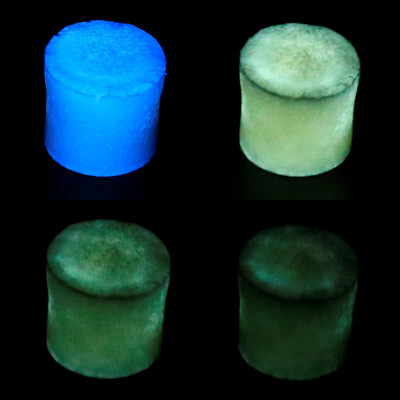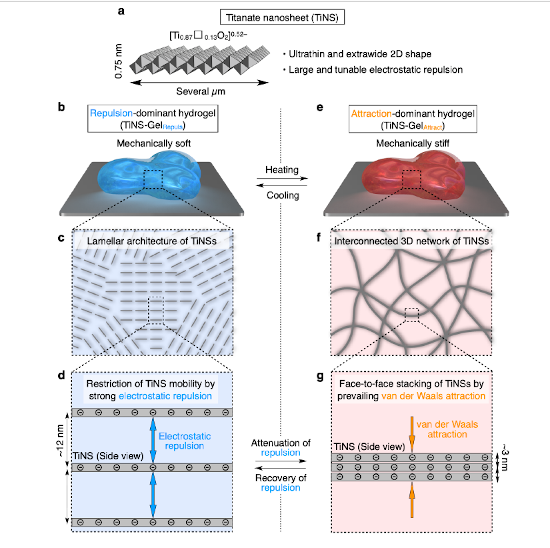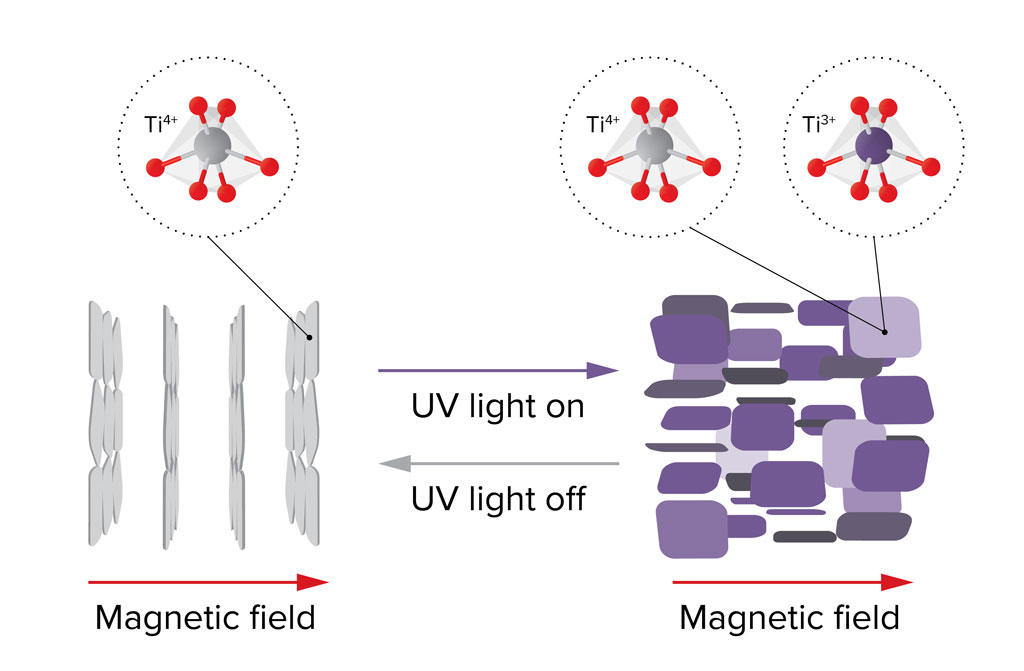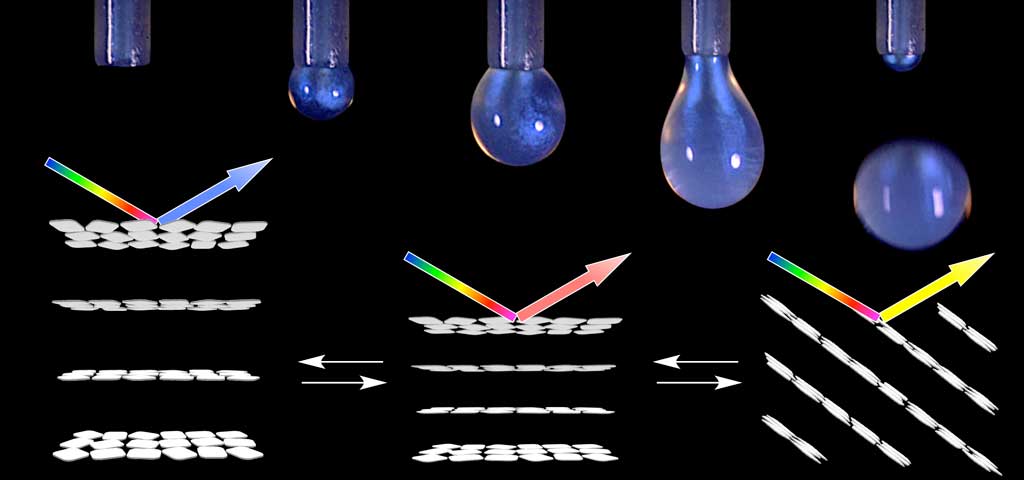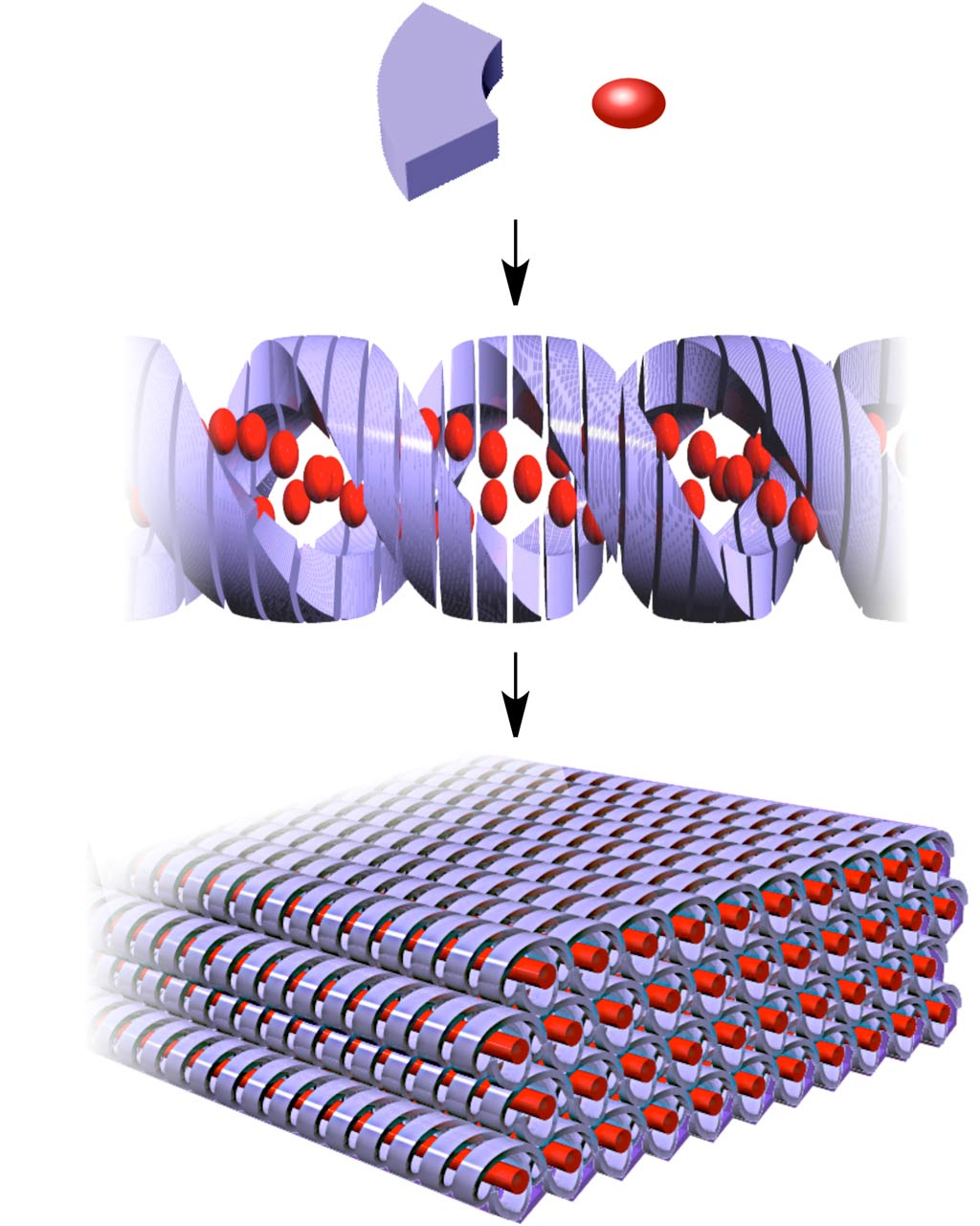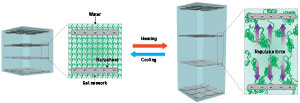
Owing to intrinsic similarity to living organisms, such as lightweight, softness, and biocompatibility, soft materials have attracted increasing attention for biomedical applications, including artificial organs. However, in terms of structure, there is a significant difference between synthetic soft materials and living organisms; most synthetic soft materials are of isotropic structures, while living tissues are anisotropic. As seen in muscular, bone, and nerval textures, such anisotropic structures play critical roles for exhibiting their superb functions. By using external fields for orienting constituents, we have developed various anisotropic soft materials with highly oriented structure and unprecedented unique functions reminiscent of living organisms.
Mechanically polar gel for rectifying materials, energies, and creatures against the increase of entropy
Materials that respond to external stimuli in a polar fashion, i.e. they respond differently to stimuli applied from the left or right, have attracted increasing attention. While materials that exhibit polar response to electrical, magnetic, and optical stimuli have been studied for many years, those exhibiting polar response to mechanical force have not even been imagined. As a first example, we have developed a composite gel composed of obliquely oriented graphene-oxide nanosheets embedded in a three-dimensional polymer network. When the gel is subjected to leftward shear, the nanosheets immediately buckle and lose their reinforcing ability, causing the gel to deform easily. In contrast, under rightward shear, the nanosheets do not buckle and continue to reinforce the gel. There is a 67-fold difference in stiffness between the left and right shear, and the gel behaves like a one-way door. As a result, the gel can perform a variety of functions against the increase of entropy, such as generating asymmetric vibrations from symmetric or random vibrations, transporting contacting objects in one direction, asymmetrically bouncing colliding objects, and causing a group of small worms to migrate in one direction.

Mechanically polar gel for rectifying materials, energies, and creatures
Synthetic hydrogel like cartilage, but with a simpler structure
– Potential as artificial cartilage and anti-vibration materials –
Electrostatic and magnetic repulsive forces are used in various places, as in maglev trains, vehicle suspensions or non-contact bearings etc. However, design of polymer materials, such as rubbers and plastics, has focused overwhelmingly on attractive interactions for their reinforcement, while little attention has been given to the utility of internal repulsive forces. Nevertheless, in nature, articular cartilage in animal joints utilizes an electrostatically repulsive force for insulating interfacial mechanical friction even under high compression.
We discovered that when nanosheets of unilamellar titanate, colloidally dispersed in an aqueous medium, are subjected to a strong magnetic field, they align cofacial to one another, where large and anisotropic electrostatic repulsion emerges between the nanosheets. This magneto-induced temporal structural ordering can be fixed by transforming the dispersion into a hydrogel. The anisotropic electrostatics thus embedded allows the hydrogel to show unprecedented mechanical properties, where the hydrogel easy deforms along a shear force applied parallel to the nanosheet plane but is highly resistive against a compressive force applied orthogonally.
The concept of embedding repulsive electrostatics in a composite material, inspired from articular cartilage, will open new possibilities for developing soft materials with unusual functions.

Hydrogel embedded with an anisotropic electrostatic repulsive force.

